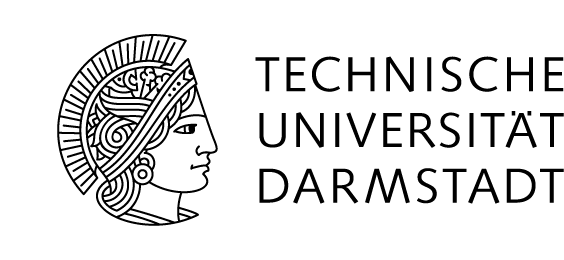Manufacturing and characterization of PZT-ceramics with defined defect chemistry
Prof. Dr. M.J. Hoffmann (Institute of Ceramics in Mechanical Engineering / TU Karlsruhe)
____________________
The macroscopic behaviour of piezoelectric ceramics, both for small signal and large signal applications, is determined by doping, phase content and grain size. While donor doping results in the creation of relatively immobile lead vacancies, acceptor doping creates mobile oxygen vacancies, which strongly reduce the domain wall mobility, particularly under a long term load.
In this project the effects of codoping on the structural and electrical properties of PZT based bulkceramics will be examined. Lanthanum is used as A-place donor dopant, while Niobium is used as B-place donor dopant. In order to analyze the influence of codoping both dopants are combined with an iron acceptor doping. Through a variation of the Zr/Ti ratio the phase content is systematically varied close to the morphotropic phase boundary. Additionally, the influence of lattice distortions is analysed, which is determined by grain size and probably also by doping.
Sintering studies of samples with different doping concentrations are performed in order to analyze their influence on the defect structure of the codoped materials, since the structural development of PZT ceramics is strongly dependent on the concentration of lead vacancies. In order to gain a profound understanding of the complex interrelation between defect chemistry, structure and properties, our ceramics must be characterized in detail. This is done with the help of standard X-ray and electrical techniques and via the development of new measuring techniques. X-ray measurements result in information about the lattice distortion, the phase content and the degree of polarity, which should be altered by varying the polingconditions. With the help of temperature and frequency dependent small signal measurements information about the domain wall mobility of uncycled and cycled samples is gained.

